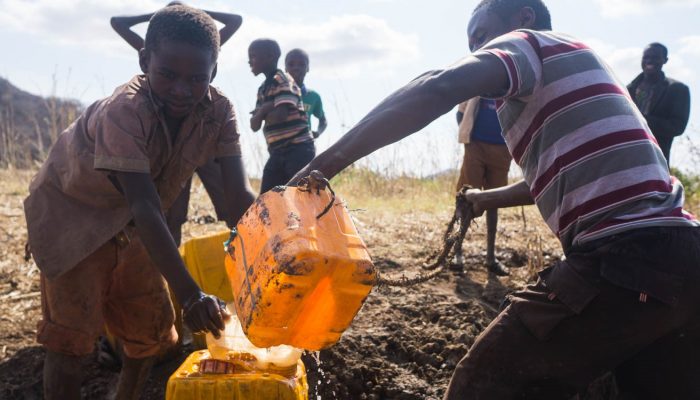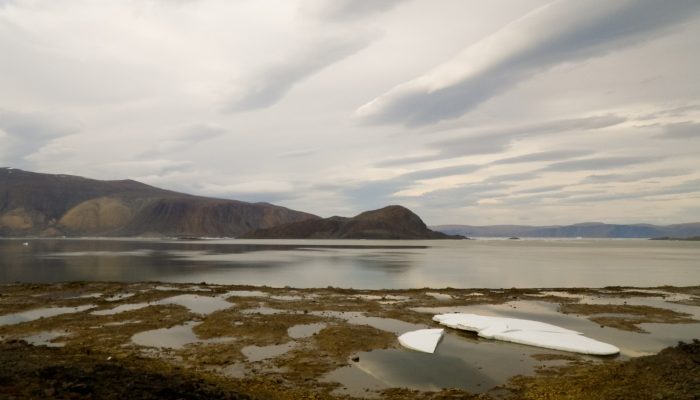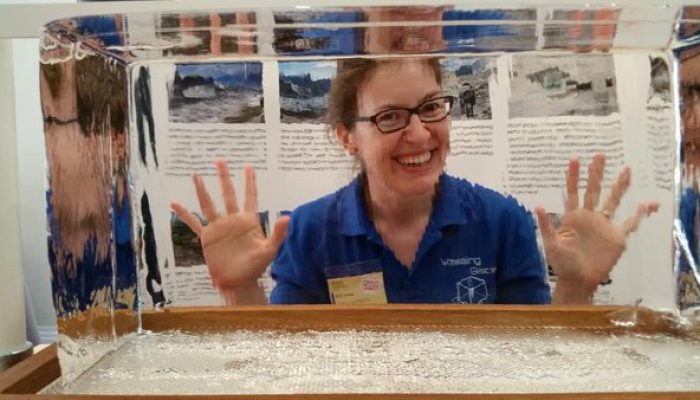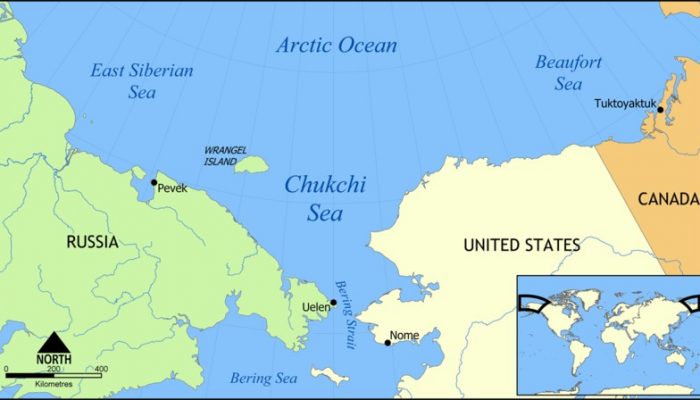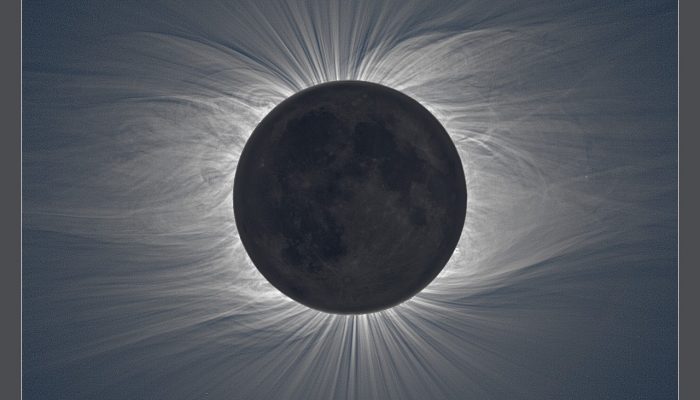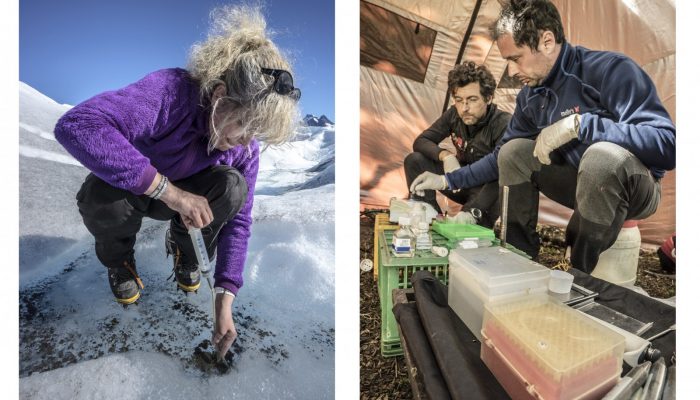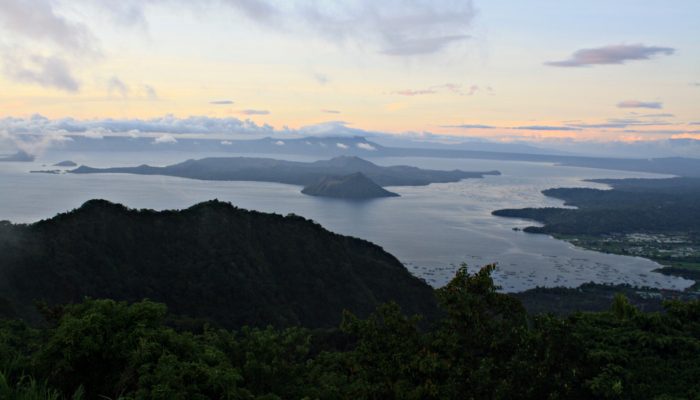Megan Jamer is a geoscientist from Canada, and an avid cyclist and explorer. Megan is currently travelling around East Africa on bicycle, taking in some remarkable sites and observing first hand the relationship between geoscience and sustainable development. Megan has previously written about agroforestry, landslides, and disaster risk reduction in Rwanda. Her travels have since taken her to Tanz ...[Read More]
If you didn't find what you was looking for try searching again.
GeoLog
Imaggeo on Mondays: Low tide at Alexandra Fjord
Today’s post takes us to the far northern reaches of our planet, to a desert like nothing you’ve seen before. This picture is a view to the north across Alexandra Fjord, on the east coast of Ellesmere Island, in the Canadian High Arctic, with Sphynx island in the middle of the fjord. The south shore of Alexandra Fjord includes a polar oasis, an area of tundra vegetation and relatively mild climati ...[Read More]
Cryospheric Sciences
Image of the week – Getting glaciers noticed!
Public engagement and outreach in science is a big deal right now. In cryospheric science the need to inform the public about our research is vital to enable more people to understand how climate change is affecting water resources and sea level rise globally. There is also no better way to enthuse people about science than to involve them in it. However, bringing the cryosphere to the public is a ...[Read More]
GeoLog
GeoSciences Column: When could humans last walk, on land, between Asia & America?
Though now submerged under 53 m of ocean waters, there once was a land bridge which connected North America with Asia, allowing the passage of species, including early humans, between the two continents. A new study, published in the EGU’s open access journal Climate of the Past, explores when the land bridge was last inundated, cutting off the link between the two landmasses. The Bering Strait, a ...[Read More]
Geochemistry, Mineralogy, Petrology & Volcanology
Welcome to the new GMPV blog!
Welcome to the brand-new blog for the EGU Geochemistry, Mineralogy, Petrology & Volcanology (GMPV) Division! The aim of this blog is to provide a unique space for all mineral geeks, volcanophiles and rocking chemists to tell the world about their latest research and exciting new ideas! The GMPV Division covers a huge range of themes including: the nature, composition, structure of the Earth’s ...[Read More]
Geodynamics
The Rainbow Colour Map (repeatedly) considered harmful
This week’s “Wit and Wisdom” post is a guest entry by researcher Fabio Crameri from the Centre for Earth Evolution of Dynamics (CEED), University of Oslo. Many of us are guilty of creating figures using the colours of the rainbow in their full glory – it’s bold, exciting, and justifies the golden data contained within, right? Wrong! As Fabio explains, the rainbow scheme is misleading and should be ...[Read More]
Solar-Terrestrial Sciences
The 2017 solar eclipse and scientific discoveries
The next solar eclipse is upon us. On August 21 the moon will pass between the Sun and an observer’s point of view in America and block out daylight, creating an eerie gloom in the sky. The transit of the moon between the Earth and Sun occurs about every 18 months, but for your particular city it can take several hundreds of years before a new eclipse occurs. The figure below shows the paths of al ...[Read More]
GeoLog
GeoTalk: Meet the EGU’s President, Jonathan Bamber
GeoTalk interviews usually feature the work of early career researchers, but this month we deviate from the standard format to speak to Jonathan Bamber, the EGU’s President. Jonathan has a long-standing involvement with the Union, stretching back almost 20 years. Following a year as vice-president, Jonathan was appointed President at this year’s General Assembly in Vienna. Here we talk ...[Read More]
Cryospheric Sciences
Image of the week – Micro-organisms on Ice!
The cold icy surface of a glacier doesn’t seem like an environment where life should exist, but if you look closely you may be surprised! Glaciers are not only locations studied by glaciologists and physical scientists, but are also of great interest to microbiologists and ecologists. In fact, understanding the interaction between ice and microbiology is essential to fully understand the gla ...[Read More]
GeoLog
New Dimensions for Natural Hazards in Asia: the first AOGS–EGU Joint Conference
Asia is one of the most natural disaster-prone regions on the globe. Overpopulation and limited resources mean that natural hazards hit local populations particularly hard. “It doesn’t matter which index or evaluation method you use, Asia will always unfortunately come out on top when it comes to fatalities and damage from natural hazard events,” explains Dr. Adam Switzer, a member of the conferen ...[Read More]

